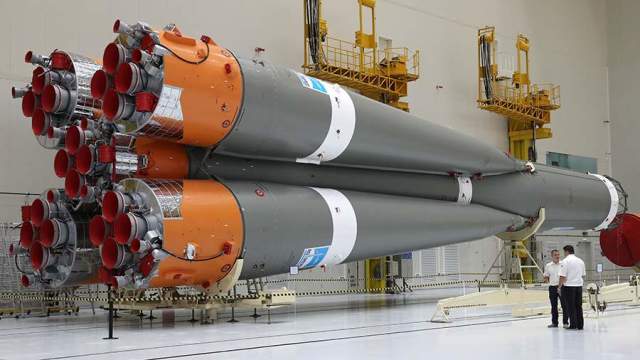Sergey Kuznetsov, General Designer of the Salyut Design Bureau (part of the Khrunichev Center), told RIA Novosti on Wednesday, August 25, that the first oxygen-hydrogen upper stage (KVTK) will be launched in 2027. It will significantly increase the payload capacity of the Angara launch vehicle.
"Currently, Roscosmos has begun to actively finance the KVTC topic. The work is fully deployed. We have defended the preliminary design and are now at the stage of issuing design documentation and manufacturing bench products. We hope that we will complete this work on time and launch the first flight product in 2027, most likely on the Angara-A5M launch vehicle, " he said at the Army-2021 International Military-Technical Forum.
On June 3, the head of Roscosmos, Dmitry Rogozin, said that four Angara launch vehicles will be delivered by the end of this year, while two of them will fly already in 2021.
Angara is a family of Russian environmentally friendly launch vehicles of various classes. It includes light carriers "Angara-1.2", heavy "Angara-A5" and upgraded "Angara-A5M", increased payload "Angara-A5B". The first launch of the Angara-A5 took place in December 2014, the second test launch of the rocket was carried out from Plesetsk on December 14, 2020.
On February 18, the general director of the State Space Research and Production Center named after Khrunichev, Alexey Korobko, said that Russia plans to use Angara rockets for longer than the Proton carriers, which have been in operation for 55 years and will be decommissioned in five years.
"According to the total service life, it ("Angara". - Ed.) should survive the "Proton" — - he said.
Since the beginning of the operation of the Proton rockets in 1965, 424 launches have been carried out, 110 of them of the modernized Proton-M rocket. It is planned to stop the operation of missiles by 2026.

